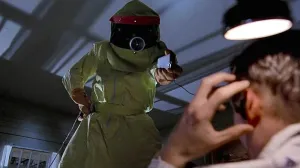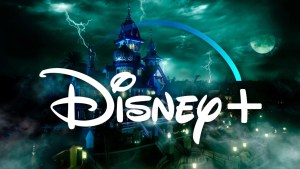On tonight’s episode of The Flash, Julian repeatedly refers to Barry’s attack on Earth-2’s Gorilla City as “Planet of the Apes.”
Videos by ComicBook.com
That storied film franchise, of course, has had huge success for nearly 50 years now, with merchandising and comic books earning a not-insignificant chunk of change apart from the movies and novels themselves.

But did any of those comic books ever come out of DC Comics, publishers of The Flash?
…Well, not exactly.
First of all, it’s worth mentioning that The Flash’s longtime buddy and teammate Green Lantern is currently throwing down with POTA. It’s a co-published affair with BOOM! Studios, who currently hold the Apes license.
But long before that, DC had hoped — and failed — to land the Planet of the Apes license.
That failure, though, ultimately gave them something much better: Kamandi, the Last Boy on Earth by Jack Kirby.
Per Brian Cronin’s Comic Book Urban Legends:
Soon after [the 1968 release of Planet of the Apes], Carmine Infantino became the publisher of DC Comics, he wanted to acquire the license to make Planet of the Apes comic books, since the film series was very popular (a new sequel came out once a year from 1970-1973).
He was rebuffed in his attempts, so he tasked Jack Kirby with coming up with a comic book that was LIKE Planet of the Apes.
Now Kirby had not actually seen the film, but he knew the basic gist of the story, and surely enough, Kirby had done a story years earlier in 1957 (before the novel, Planet of the Apes, was written, let alone the film adaptation) when he was working for Harvey Comics’ Alarming Tales, about a post-apocalyptic future where talking anthropomorphic animals ruled the world.
As for the name, Kirby had a comic strip pitch that had not been picked up called Kamandi of the Caves from 1956.
So there Kirby had the basic plot for his series as well as the name of his main character.
Of course, as comics collectively celebrates the hundredth birthday of Jack Kirby, Kamandi is making its return in the pages of The Kamandi Challenge, the second episode of which comes out tomorrow.
You can see some art from the original ’50s stories that led to Kamandi here.








